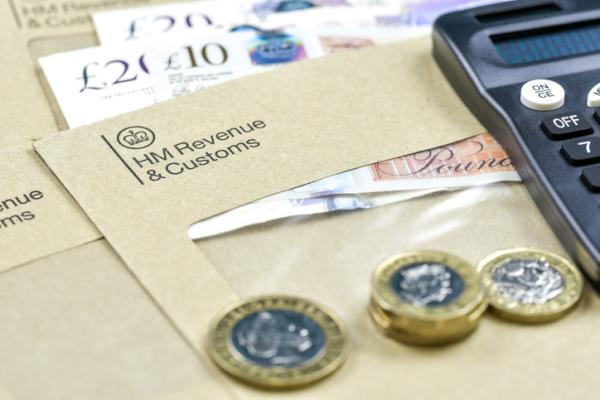Inheritance tax receipts up 14% as freeze continues
The latest figures from HM Revenue and Customs (HMRC) revealed that inheritance tax (IHT) receipts were up 14%, or £500 million, compared with the same period last year.
The report, published by HMRC on November 22, found that the Government has pulled in a further £4.1bn in inheritance tax receipts in the months between April and October 2022.
These figures continue an upwards trend month-on-month and came just days after the Autumn Statement where it was announced that the IHT allowance freeze would continue until April 2028. Independent forecasts expect IHT receipts to reach £7.8bn annually before the freeze ends.
Why are more people paying Inheritance Tax?
One of the major factors in the rising amount of inheritance tax collected by the Government comes down to the freeze on allowances. This was initially announced by the then Chancellor, Rishi Sunak, in his 2021 Budget. The Budget outlined that the inheritance tax threshold would be frozen for five years until 2026. However, after the current Chancellor Jeremy Hunt’s Autumn Statement, it was confirmed that the freeze would be extended for a further two years until April 2028.
As it stands for the current tax year 2022/23, you will only have to pay inheritance tax if the value of your estate exceeds £325,000. Anything below this threshold is tax free. Anything above this threshold would be charged at 40%. Those who are passing down their main home to direct descendants are also entitled to an additional allowance of £175,000, known as the residence nil rate band.
However, due to the rising rate of inflation coupled with the extremely high increases in property value across the UK, the freeze essentially means that a greater number of people will cross the inheritance tax threshold each year. Many have been calling this move an example of ‘shadow tax’, as the freeze ultimately means an increasing number of Britons will fall into the tax threshold each year until the freeze ends in April 2028.
Other contributing factors include the pandemic and the resulting strain on the NHS, which has meant a higher mortality rate in the population as a whole, and the suddenness of the outbreak, after which many people who were previously in reasonable health died suddenly, leaving their next of kin unprepared and subject to high-than-usual taxation due to a lack of inheritance tax planning.
Inheritance Tax by Region
According to a data analysis report by HMRC, the amount of inheritance tax being paid greatly varies depending on location. For example, the most common inheritance tax bill in Walsall came to £65,000, while the average inheritance tax bill in Kensington was totalled around £1m.
When it came to volume of estates hit by large IHT tax bills, Barnet was first with an average bill of £291,000, with Wiltshire second at £229,000, and Edinburgh third with their average IHT bill coming to £212,000.
Ultimately the data revealed a disparity across regions in the UK. Depending on which area you live, you or your family may be far more likely to pay several times as much inheritance tax as someone who lives in a different location. With the addition of the IHT freeze in play until 2028, it's more important than ever to seek professional advice to help navigate the fast-moving taxation environment.
If you want to learn more about how to manage your or your loved one's potential inheritance tax bill, to ensure the best possible wealth protection for you or your family, we can help. Give us a call on 0333 323 9065 or book a free non-committal initial consultation with a member of our team to find out more.
